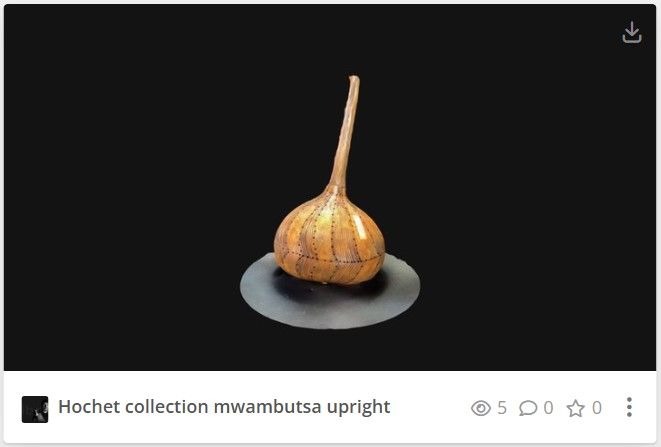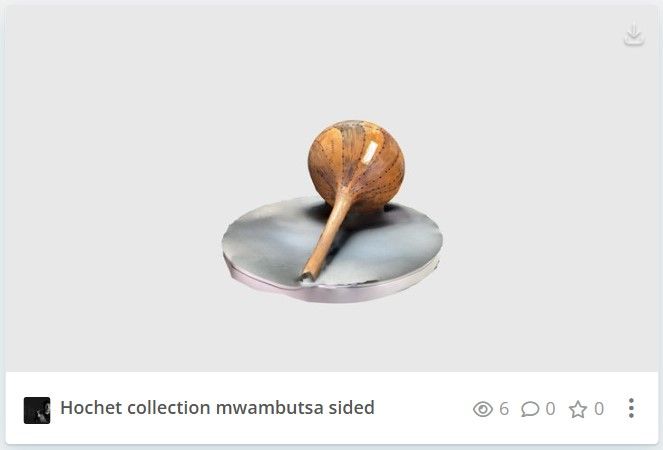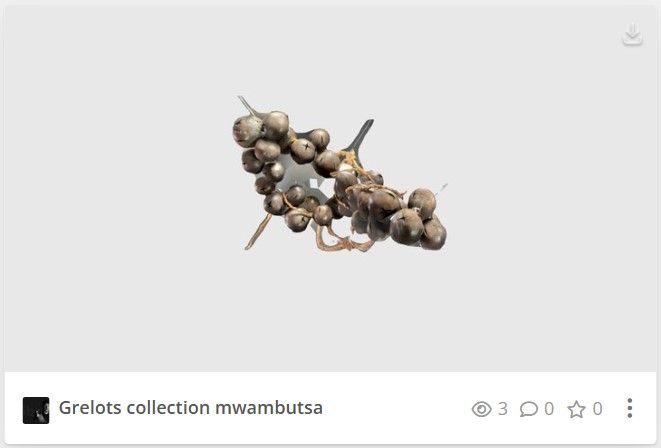Mwambutsa Project Report Afrika Museum 002
Context
- Year : 2025-2026
- Date : october 8th 2025
- Team : David Bangiricenge, Tanguy Itangishaka, Catherine Bernard, Julien Vandanjon-Rancoule
- Museum Supervisory officer : Naomi Meulemans
- Location : Afrika Museum (Belgium)
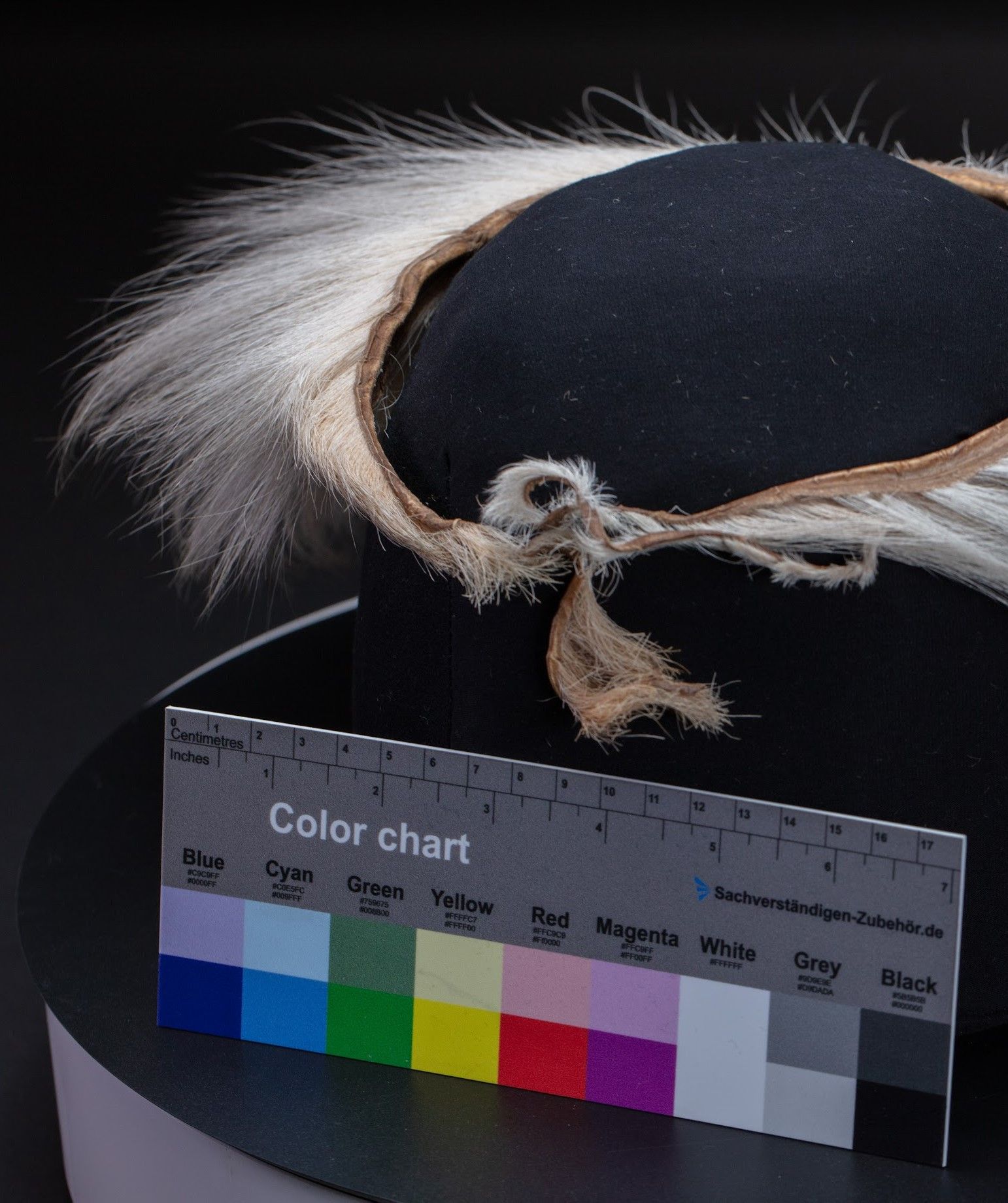
Report Summary
Day 2 of the 3 days timeframe for the objects digitization. New challenges came accross as two of the objects had to be stored in freezing containers to avoid degradation and the headgears had complex textures. Gourds from rattle instruments needed Focus Stacking.
Total Daily Output
-
RAW Photos
465 x 50 Megapixels photos
Canon 5Ds -
ProxiesAdobe Lightroom Classic
-
Backstage & How-to AssetsSmartphones & Tablets
-
Lidar ScansApple Ipad Pro M1
-
RAW Video
00s Raw Video for Photogrammetry extraction
-
RAW Video
198 4K Raw Video for Documentary postproduction
Sony RX10 mark III
Actions
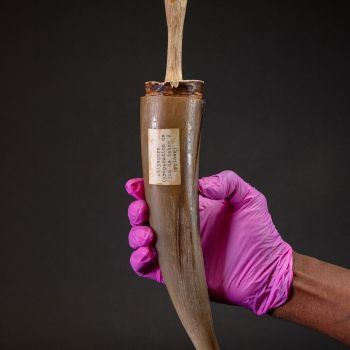
Izamba - Mortier à Tabac
constraints :
hollow object in two parts (horn and mortar), pointed base
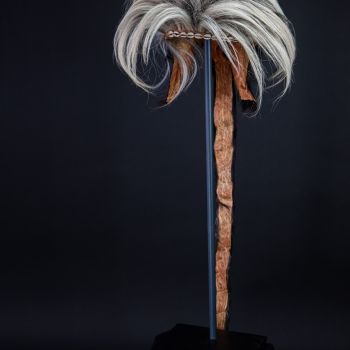
Intutu - Coiffure
constraints :
flexible object with a long hanging tail and animal fibres
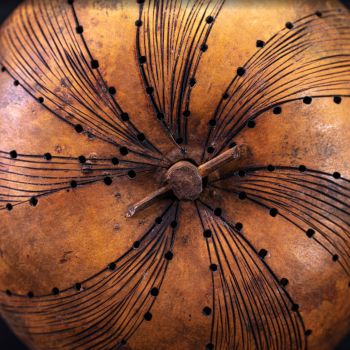
Inyagara - Hochet en Calebasse
constraints :
object without base - refrigerated conservation
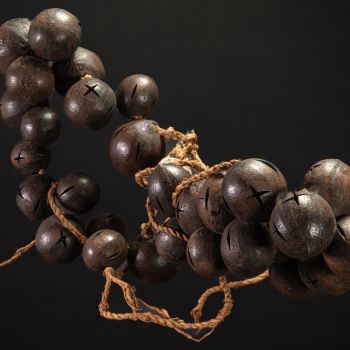
Amayugi - Grelots
constraints :
object with a complex shape and no base with low albedo, tight attachements, non obvious shape - refrigerated conservation
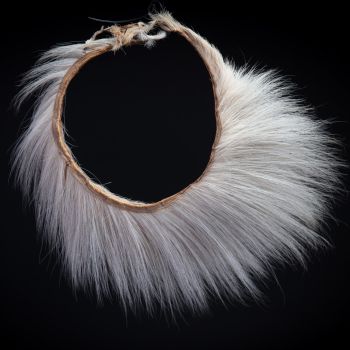
Urugori - Diadème Cimier
constraints :
object with a complex shape and no base with animal fibres
Fast Delivery Output
This calabash was in fact a musical instrument; the handle and the holes allowing air and sound to pass through the hard shell are clearly visible. Fine decorations complete the ensemble, and we have made an audio recording for future interactivity.
Lidar / Photogrammetry tools
Lidar hardware systems embedded on apple devices are not natively provided with processing sofwares due to constructor policy. Therefore a number of private and universitary enthusiasts are flooding this emerging market with various solutions for various results, depending a large number of factors, not necessarily limited to hardware limitations of the device. Some of them allowing 2 captures techniques derived from a point cloud source : mesh triangle reconstruction (the "usual way") and gaussian splatting (the "experimental outsider"). As per datasource, best-in-class apps are not limited to the Lidar hardware presence within the device and may also work based on live compressed video source.
Scaniverse

Mobile application on Apple iPad Pro M1, Small Object Mode.
2 Gaussian Splats
3 mesh Success
Kiri Engine
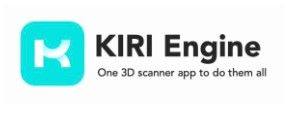
Mobile application on Apple iPad Pro M1, Small Object Mode.
1 mesh from 4K video success ?
Desktop / Software tools
Adobe Lightroom Classic CC
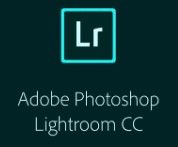
Apple Macbook Pro M3 Pro 18 Laptop - Tethering Mode
387 raw pics processed / Metadata filters applied
Epic RealityScan
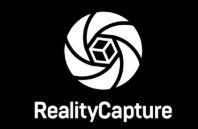
Desktop Software on Nvidia GeForce RTX3070 / Windows10 64 bits workstation
processing in progress
Gaussian Splatting vs Mesh 3D Scans
Gaussian Splatting (GS) is a novel technique for creating 3D scenes that offers remarkable advantages in realism and speed over traditional methods, but it also has significant limitations.
The primary added value of Gaussian Splatting is its ability to produce highly photorealistic renderings with exceptional speed. Unlike the conventional point-cloud-to-mesh pipeline, which simplifies reality into a geometric surface of polygons, GS represents a scene using millions of tiny, colored, semi-transparent ellipses (Gaussians). This approach excels at capturing intricate details, complex textures, and view-dependent effects like reflections and translucency, which are often lost or difficult to replicate with a mesh. The training and rendering processes are typically much faster, enabling real-time, high-fidelity exploration of scanned objects or environments directly in a web browser. It handles "messy" real-world details like foliage, fur, or thin wires far more effectively than meshing algorithms.
but...
However, the main fragility of GS lies in its lack of true geometric structure. A Gaussian Splat is not a solid, editable surface. This makes it fundamentally incompatible with applications that require a defined mesh, such as 3D printing, physics simulations, or traditional 3D modeling and animation workflows. You cannot easily sculpt, modify, or measure a GS model. Furthermore, since it's a representation derived from source images, it can produce visual artifacts or "floaty" noise in areas not well-covered by photographs. While visually stunning, a GS file is more of a volumetric photograph than a functional, interactive 3D asset, making the choice between it and a traditional mesh entirely dependent on the final application: pure visualization versus geometric manipulation.
Focus Stacking Tutorial FR/EN Available
The Rattle instrument gave us the opportunity to record a tutorial about the Focus Stacking Technique, particularly useful for sharp focus accross perspective objects.




